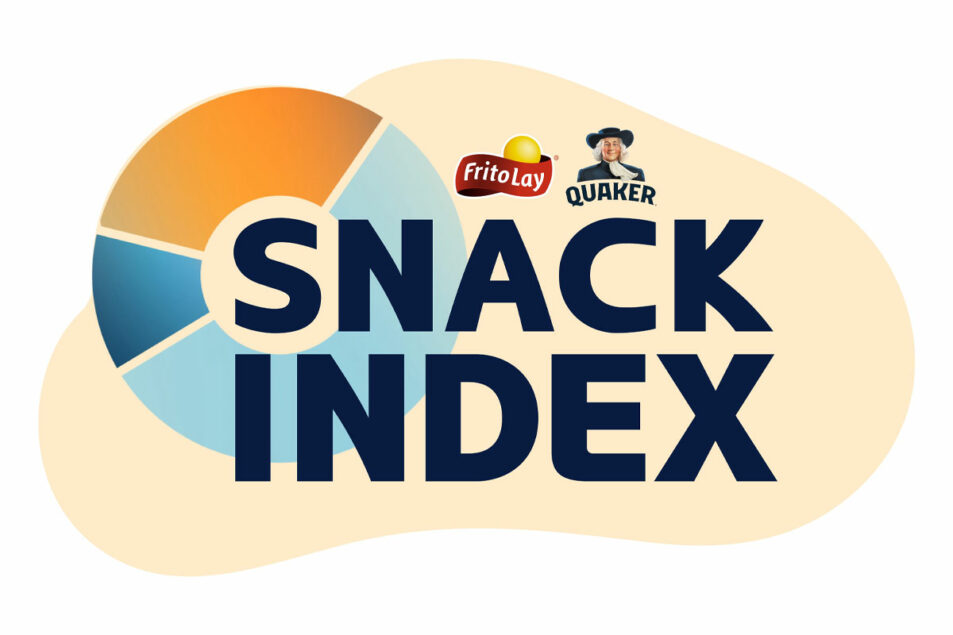
Survey: Americans prefer to eat quicker meals
Last Updated on January 10, 2024 by Admin
[ad_1]
PLANO, TEXAS — Americans typically don’t have enough time to prepare and enjoy meals, according to the fifth annual US Snack Index by Frito-Lay North America and The Quaker Oats Co., both of which are subsidiaries of PepsiCo, Inc. Looking ahead, three trends could play out that shape a shift in how consumers snack, the survey said.
The first trend is “The Time Crunch Dilemma.”
According to the index, 80% of Americans surveyed felt as though their days have fewer hours, with 85% of younger generations feeling the same way. The index found 60% of consumers expect these demands to increase in the new year. Moreover, the average American has only 52 total minutes per day to prepare, eat and enjoy their meals, with one-third of consumers saying they have less than 30 minutes to prep and enjoy meals.
Similarly, 35% of consumers are integrating their favorite snacks into meals (up from previous years), the index noted. More than half of consumers are using snacks as a key ingredient in “no-prep dinners,” also known as simple meals that require little time to make, whereas more than one-third follow this routine multiple times per week.
As for why snacks are integral to no-prep meals, the index found 51% of Americans “yearn” for a specific snack and 44% of Americans are too busy to cook.
Even though the internet has dubbed snack-focused meals as #GirlDinner, the index found 92% of men are just as likely to use snack foods in meals compared to 92% of women, with 36% of respondents pushing snack and meal boundaries more than in previous years.
Frito-Lay and Quacker said they expect no-prep dinners and dinners rooted in Americans’ favorite snack meals will become more popular in 2024.
The second trend is the “Snack Savant.”
The index found 83% of millennials and 82% of Gen Zers are most likely to embrace the Snack Savant title, with 77% of them also being city dwellers. The survey found what is already in the pantry inspires 55% of respondents’ favorite snack combinations, and 32% of respondents use social media for additional ideas. The index also found 80% of respondents agree that combining multiple food products to create “the perfect bite” is an art form while 65% of respondents admit to having eccentric snack combos.
Frito-Lay and Quaker predicted more Snack Savants will come about in 2024.
The third trend is “Snacking for Tasty Satisfaction.”
According to the index, 55% of Americans cite protein as the most important nutritional attribute when looking for snacks at a grocery store. Seventy-nine per cent of consumers also admitted “it’s more critical than ever for protein to take center stage” compared to previous years, and 80% of consumers who are most crunched on time feel the same way.
Energy boosts also factor into this trend. The index found 60% of consumers want their favorite snack products to provide energy at least once per week. More specifically, 72% of parents are looking for an energy boost compared to 72% of millennials, 62% of Gen Zers, 61% of Gen Xers and 46% of baby boomers.
When it comes to taste, 74% of consumers refuse to sacrifice it, with 84% of baby boomers and 75% of Gen Xers the most unwilling to compromise, according to the survey.
All in all, Frito-Lay and Quaker predicted purpose, protein and “packing a punch” will be the most important parts of snacking in 2024.
“While our most recent Snack Index confirms that time is scarce, the data also reinforces that consumers are fiercely passionate about their food preferences,” said Denise Lefebvre, senior vice president of research and development for PepsiCo Foods. “Frito-Lay and Quaker have a tremendous opportunity to continue meeting the evolving needs of our consumers. As we look to 2024, it has never been more important for us to infuse that inspiration with innovation, delivering on our promise of more smiles with every bite.”
Frito-Lay and Quaker said the index was conducted between Dec. 6 and Dec. 12, 2023, using a sample of 2,000 nationally representative US adults that are 18 and over. Both companies used an email invitation and online survey to conduct the interviews. They also weighted the data to ensure an accurate representation of the US adult population that is 18 and over.
[ad_2]
Source link




